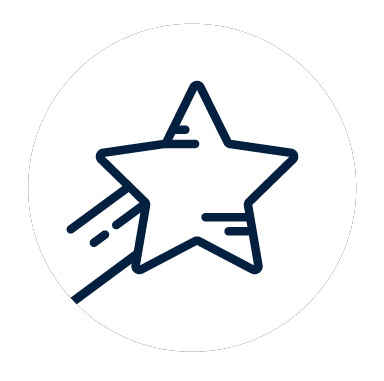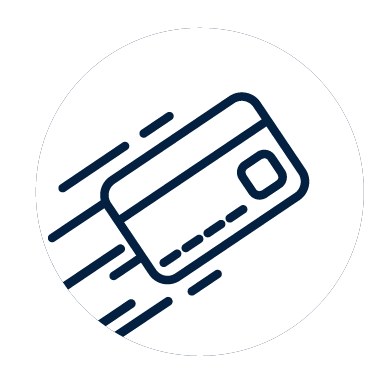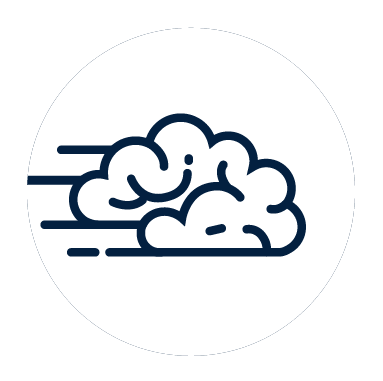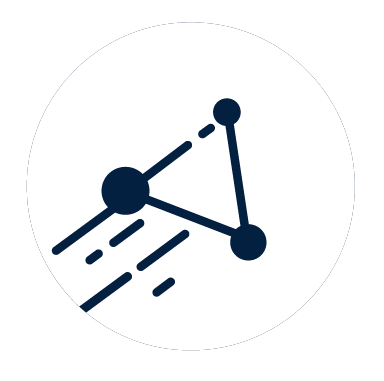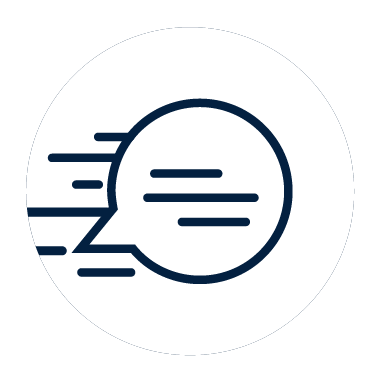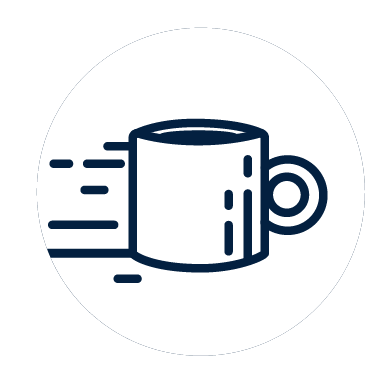RICHER business models

What are RICHER business models?
What is the meaning of RICHER business models and how are they connected to the building blocks of customer value, capital, competency, collaboration, communication and culture?
Making use of gender-aware business models means making the most of the diversity found amongst people, ideas and individual motivations, in the development of new products, services and value chains. When different perspectives converge, the result is a broader understanding of the needs for development found in companies and organisations.
It also helps us discover which solutions have a high potential for improving the quality of life and well-being of people. Furthermore, it provides us with the conditions necessary to develop solutions which are sustainable from financial, social and environmental perspectives. Thus, RICHER business models can contribute to fulfilment of the global sustainability goals set out in the UN Agenda 2030, whilst helping us deal with society’s challenges related to health, work, integration, digitalisation, environmental issues etc.
Why do we need RICHER business models?
Traditionally, company development and innovation has been centred around a fairly narrow group of people and perspectives, primarily men specialising in technology, engineering and science. This has meant that other groups have not had the same chance to influence the development and availability of future products, services and value chains. Consequently, it has resulted in missed development opportunities, waste of resources and in solutions not always usable by the target groups or fields for which they were intended. These exclusionary patterns in the field of innovation and company environments are linked to factors such as gender, age, background, level of education, geographical location etc.
What will the use of RICHER business models lead to?
RICHER business models are based on a norm-critical perspective on entrepreneurship and innovation, challenging established preconceptions about whose needs, interests, ideas and competencies should guide the design of future products, services and value chains. This leads to a valuable inclusion of additional perspectives, and to products and services that can be developed by, appeal to, and be useful to a greater number of people. Learn to recognize and remove barriers to provide the best conditions for your company or organization – become inclusive!
Customer value
Customer value is what you offer your customers. Your customers must see your business model as something valuable. An inclusive offer builds trust with customers and signifies to them that the company can provide them with what they want and need.
Capital
Capital devotes to financial resources and means that business models become richer by being more inclusive. The resources are centred around human behaviour and actions. It is a matter of distributing and using resources efficiently, without being hindered by stereotypical filters. Capital may enable people to take actions and to ensure that employees reaches their greatest possible potential, for the benefit of both the company and its customers.
Competency
Competency is about acting consciously to see current and potential human and social resources and deciding to look beyond stereotypical ideas on competencies, networks and what generates value! By including a more diverse group of people, your offer becomes sustainable and relevant to as broad a target group as possible.
Collaboration
Collaboration is a matter of working together with others to acquire resources, and to develop and market innovative offers to customers. Collaboration happens both externally and internally, within companies and organization. It enablesthe design of new, innovative offers, reaching out to customers’, selling products and services, servicing products and generating revenue. Looking beyond stereotypical filters enable building inclusive collaboration.
Communication
Communication concerns the channels used and the ability to make offers attractive to customers. It enables companies and organizations to reach out and reach through to customers. Communication and culture are closely related, as communication plays an important role in shaping and signalling company identity and core values. Communicate inclusively!
Culture
Culture relates to the core values of your companies and organisation, the foundation of ideas, norms and actions. Culture provides order and coherency, helping people collaborate on matters both small and large. It is important to build an inclusive culture, which is forward-thinking rather than an exclusive conservative culture that may hinder our ability to come up with new ideas or use resources adequately. An inclusive culture stimulates productivity and growth.
Read the PDF on Richer Business >>
Additional resources
Canvas for Working Inclusively SV is a PDF canvas designed to help you develop your business model and create more inclusive modes of work.
Promote Sustainable Change is a set of tools to work with sustainable change from a perspective of equality and diversity.
Digital Tools for Equality and Inclusion is a study providing an overview of all the digital tools available, and practical examples in the form of digital apps, tests, models, process support tools and training programmes.
The Recruitment Guide SV has been designed to support those who are responsible for or involved in company recruitment processes. The three fundamental factors that are always taken into account in the recruitment process are competency, equality and diversity.
The Gender Hand method SV aims to increase healthcare quality for women and men, but may be used in any meeting where some form of assessment of an intervention is to be made.
The film Sámi Network Connectivity presents Delayed Internet is a presentation of a tech project related to communication, with a perspective of equality.
The book Förändring är möjlig – från ord till handling för jämställdhet i företag SV (Gunnel Vidén and Malin Lindberg, 2017) describes how you can work with change management specifically connected to equality, in various organisations.
The Guide to Equal Communication SV, developed by the Swedish Association of Local Authorities and Regions, contains tips and advice on how to use an approach grounded in equality to achieve better results with your communication.
Equal Treatment SV is a guide for those working with equality integration.
Mångväx is a project where companies are provided with clear business cases, demonstrating models for active equality work amongst businesses.
Innovation Beyond Social Norms – Norm criticism and norm creativity may be new concepts for many. This article describes what it might mean, and how Veryday works with it as part of their business innovation model.
Trappan SV is a tool intended to encourage employers to overcome gender barriers in professional life, the glass ceiling that prevents some people from equal career opportunities, and the glass walls that uphold norms saying that men and women should be separated into certain jobs and fields of work.

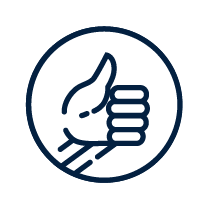 First Steps
First Steps 